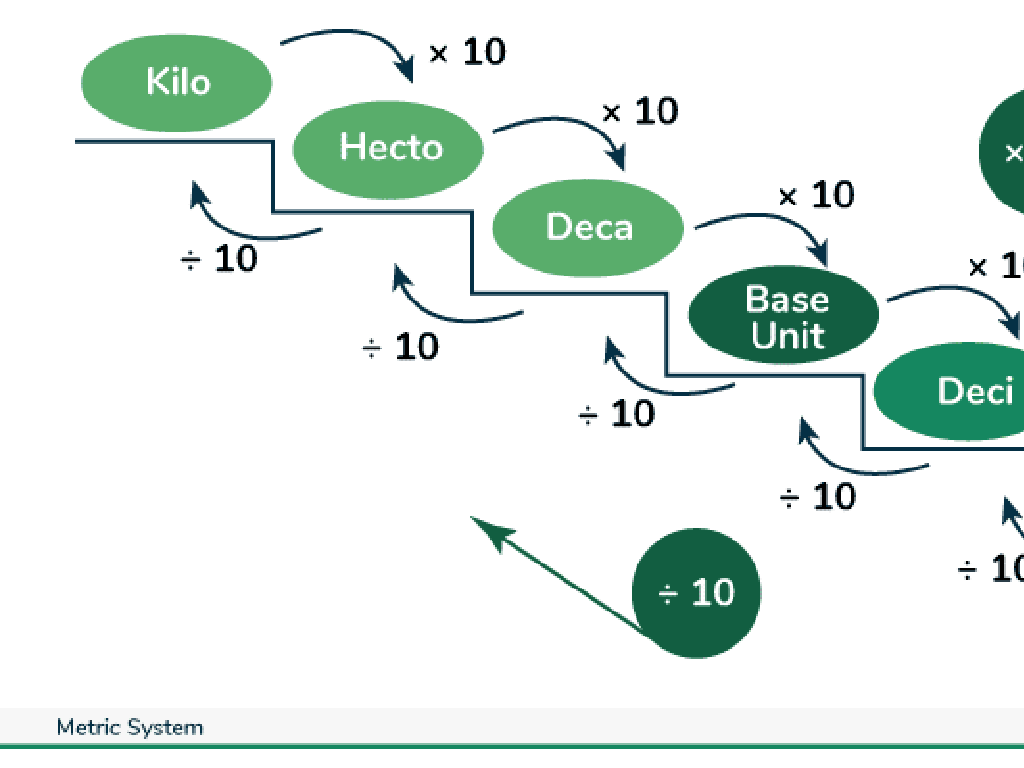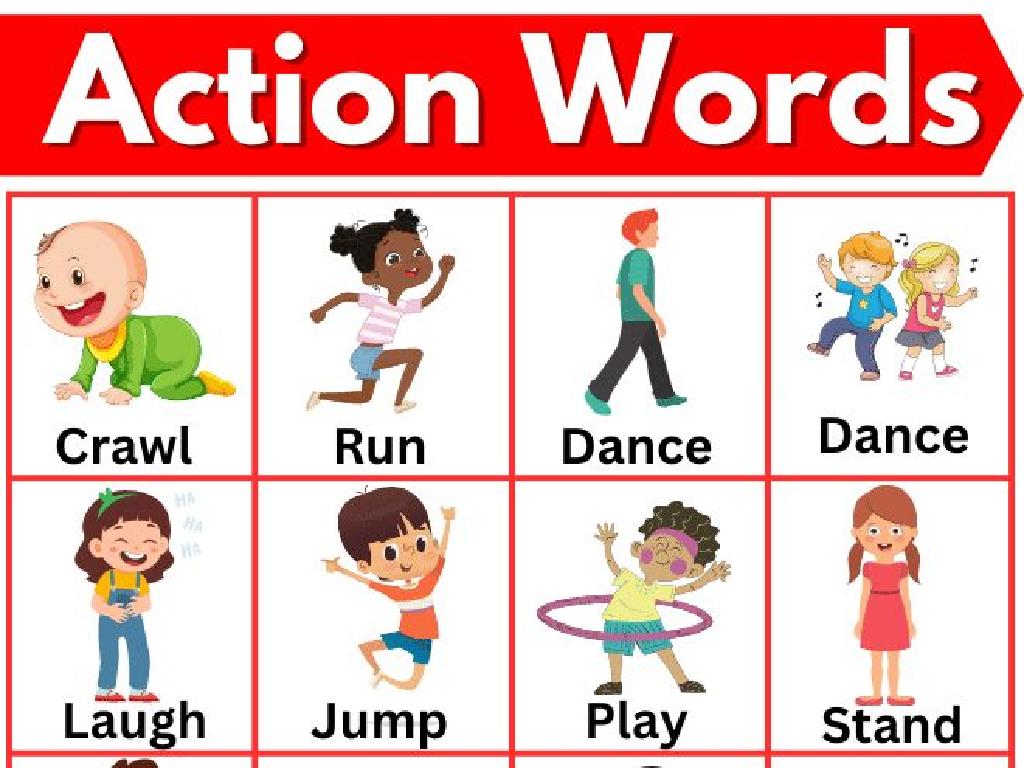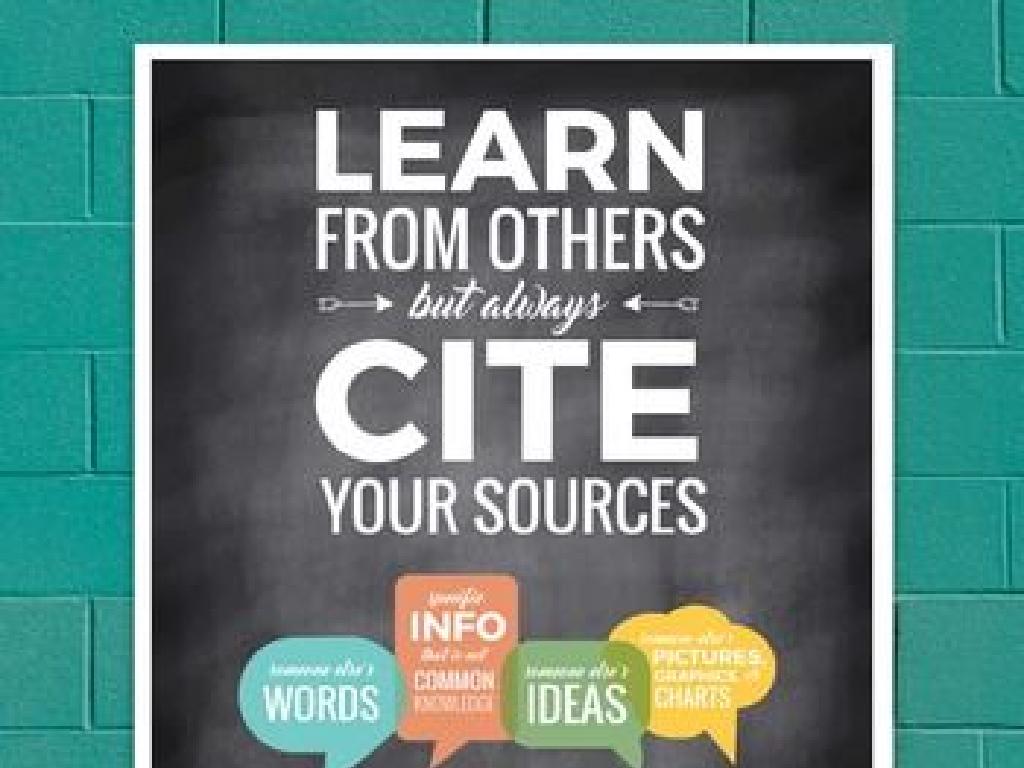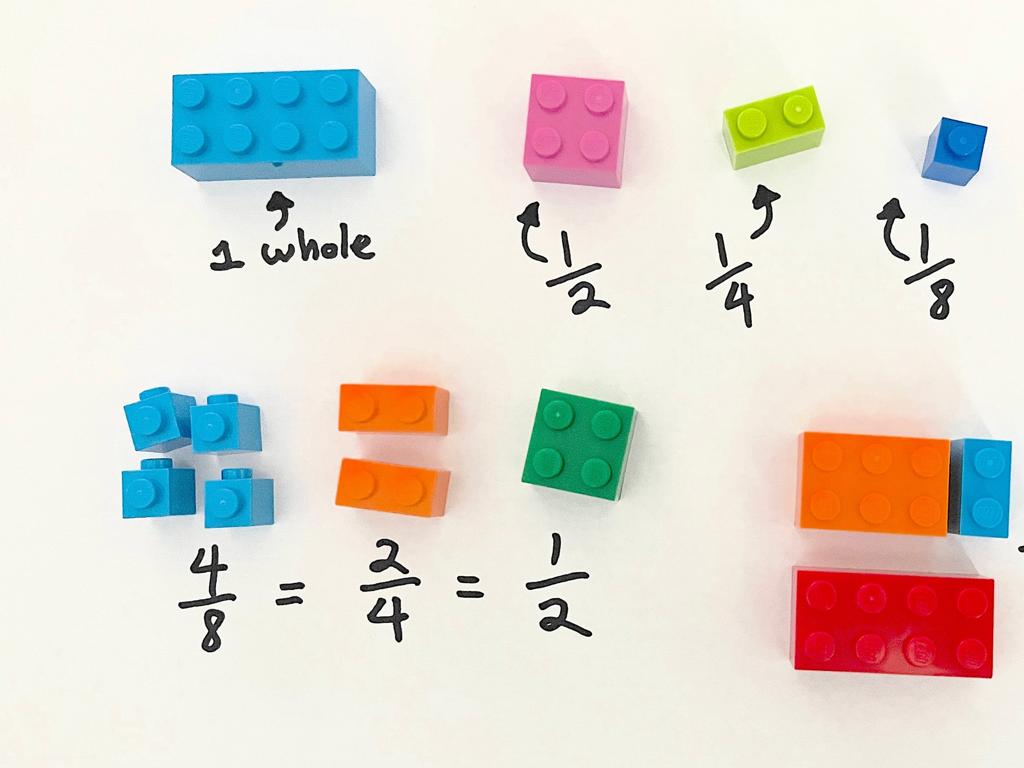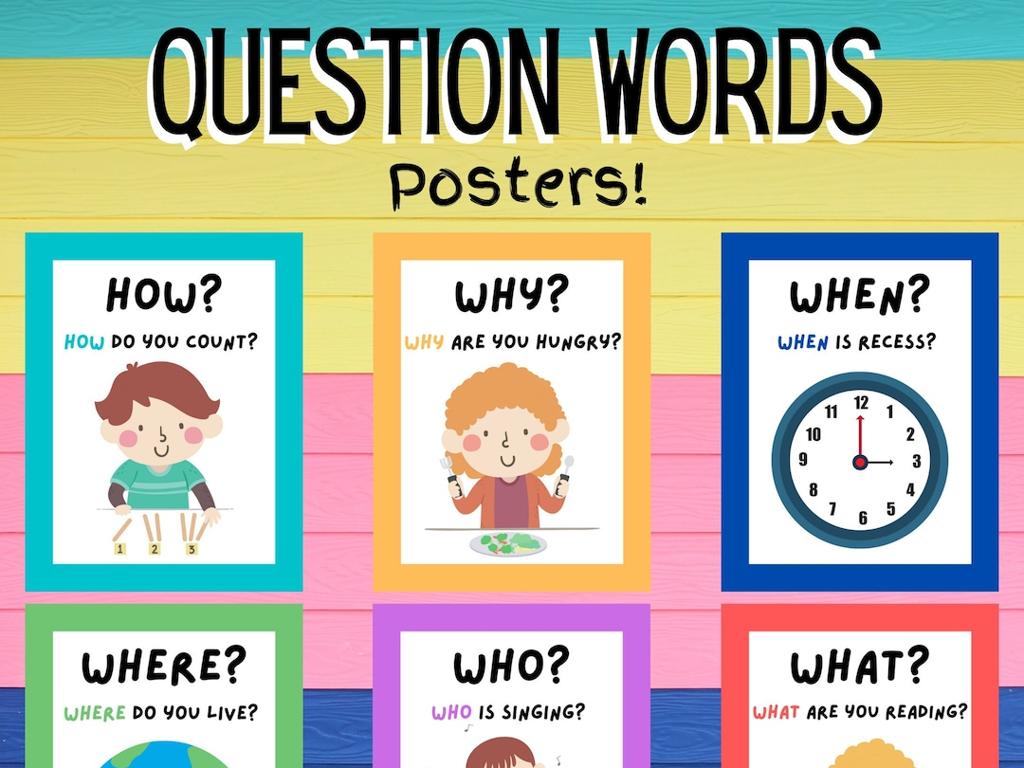Name States Of The Midwest
Subject: Social studies
Grade: Third grade
Topic: States
Please LOG IN to download the presentation. Access is available to registered users only.
View More Content
Welcome to the Midwest!
– Learn about Midwest states
– Discover Midwest uniqueness
– Known for agriculture, friendly people
– Find the Midwest on a map
– Use a U.S. map to point out the Midwest
– Understand Midwest’s location
– It’s in the central northern part of the U.S.
|
This slide introduces students to the Midwest region of the United States. Begin by discussing the states that make up the Midwest and some of the characteristics that the region is known for, such as its significant agricultural production and the reputation for hospitality. Show the students where the Midwest is located on a map of the United States, emphasizing its central northern position. Explain that understanding the geography of the Midwest is important for recognizing the diverse landscapes and cultures within the U.S. Encourage students to think about what they already know about the Midwest and to share any experiences they might have had in the region.
Exploring the Midwest Region
– The Midwest: A US geographic region
– One of four main regions in the United States
– Known for farms, factories, and culture
– Home to corn fields, car plants, and traditions
– Discovering the states of the Midwest
– We’ll learn about each state that is part of the Midwest
|
The Midwest is a significant area in the United States, often referred to as ‘America’s Heartland.’ It’s recognized for its contributions to agriculture (like corn and wheat farming), industry (such as automobile manufacturing), and rich cultural heritage (including music and festivals). This slide aims to introduce students to the Midwest by highlighting its key characteristics. In subsequent lessons, we will delve into each state that constitutes the Midwest, learning about their specific histories, geographies, and contributions to the region’s identity. Encourage students to think about what makes the Midwest unique and to be curious about the states that we will cover in more detail.
Exploring the Midwest States
– 12 states make up the Midwest
– Illinois, Indiana, Michigan, Ohio
– Known for the Great Lakes and industry
– Can you discover the other 8?
– Use a map to find and learn them
– Let’s learn them together!
|
This slide introduces the students to the Midwest region of the United States, which is composed of 12 states. Start by discussing the four states mentioned: Illinois, known for Chicago; Indiana, with the famous Indianapolis 500; Michigan, the Great Lakes state; and Ohio, home to the Rock and Roll Hall of Fame. Then, engage the students by asking if they can name the remaining eight states. This can be turned into a fun activity where students can use a map to locate each state. Encourage them to think about what each state is famous for and share any personal connections they might have with the region. This will help them remember the states more easily and make the learning process interactive.
Exploring the Midwest Region
– Known as ‘America’s Heartland’
– The Midwest is central to the U.S. and is key to its economy
– Abundant in crops like corn and wheat
– These crops are vital for food and other industries
– Home to cities like Chicago and Detroit
– These cities are famous for their factories and skyscrapers
– A hub for industry and agriculture
|
This slide introduces students to the Midwest, emphasizing its nickname ‘America’s Heartland’ due to its central location and significance in agriculture and industry. Highlight the region’s role in producing essential crops such as corn and wheat, which support various sectors of the economy. Discuss the importance of cities like Chicago and Detroit, not only as industrial centers but also as cultural and historical landmarks. Encourage students to think about how these characteristics contribute to the identity of the Midwest and its people. Use maps to show the location of the Midwest and pictures to illustrate crops and cityscapes. This will help students visualize and better understand the region’s influence on the rest of the country.
Fun Facts About the Midwest
– The mighty Mississippi River
– Flows through the Midwest, one of the world’s longest rivers.
– The Great Lakes’ grandeur
– Earth’s largest group of freshwater lakes in the Midwest.
– Mount Rushmore’s majesty
– A famous landmark carved into a mountain in the Midwest.
– The vast Mall of America
– One of the biggest shopping centers located in the Midwest.
|
This slide aims to spark interest in the Midwest region by sharing engaging facts that highlight its geographical and cultural significance. The Mississippi River is a key feature of the Midwest and an important part of American history. The Great Lakes are notable for their size and the natural beauty they offer to the region. Mount Rushmore is an iconic symbol of American history, and the Mall of America showcases the Midwest’s contribution to commerce and entertainment. Encourage students to think about how these landmarks and features could affect the lives of people living in the Midwest. Ask them to imagine visiting these places or to share if they have already.
Let’s Locate the Midwest States!
– Use a blank map for identification
– Partner up to label the 12 states
– Discover and share state facts
– Find a fun fact about the state you label
– Engage in Midwest exploration
|
This slide introduces a class activity focused on the geography of the Midwest region of the United States. Provide each pair of students with a blank map of the Midwest. Their task is to work together to correctly identify and label all 12 states in the Midwest. Additionally, they should research and share one interesting fact about one of the states they have labeled. This could be related to the state’s history, a famous landmark, a prominent figure, or a cultural event. This activity will help students become familiar with the Midwest states and learn about their unique characteristics. It’s a hands-on way to engage with the material and encourage collaboration among classmates. As a teacher, be prepared to offer guidance and support as students work on this task. Have extra resources available for students to find their interesting facts, such as books, state brochures, or internet access.
Midwest State Challenge
– Match states to map locations
– Group presentations of maps
– Discuss interesting findings
– What did you learn? Any surprises?
– Reflect on the activity’s challenge
– Was it hard to locate some states?
|
This class activity is designed to help students learn the states of the Midwest in an interactive and engaging way. Divide the class into small groups and provide each group with a blank map of the Midwest. Each group will then work together to correctly place the names of the states in their appropriate location on the map. After completing the map, each group will present their findings to the class, fostering public speaking and teamwork skills. Encourage students to discuss what they found interesting, such as the size or location of the states, and what they found challenging, perhaps the similarity in shape or proximity to other states. This activity will help reinforce geographic knowledge and collaborative learning.
Wrapping Up: The Midwest States
– Review Midwest state names
– Discuss Midwest’s importance
– Known for agriculture, industry, and cultural heritage
– Homework: Map drawing activity
– Draw and label all Midwest states at home
– Reflect on today’s learning
– Think about what you learned about the Midwest
|
As we conclude today’s lesson, let’s recap the names and locations of the Midwest states. This region is a vital part of the United States, contributing significantly to the nation’s agriculture, industry, and cultural heritage. For homework, students are tasked with drawing a map of the Midwest and labeling each state, which will help reinforce their geographical understanding. Encourage creativity and accuracy in their maps. In the next class, we’ll review their maps and discuss any interesting observations they made while completing this activity. Reflecting on what they’ve learned will help solidify their knowledge and appreciation of the Midwest region.

